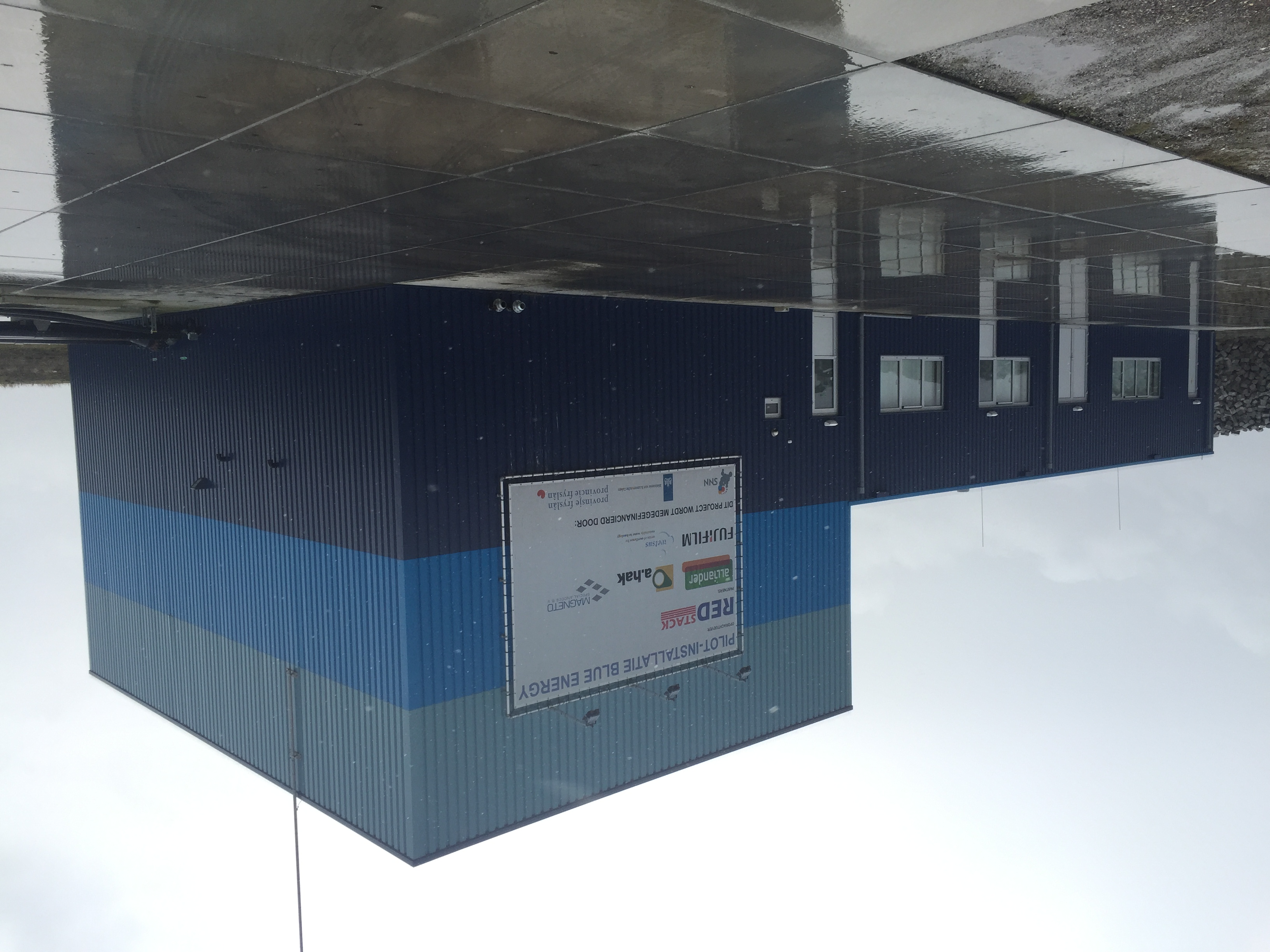Reverse Electrodialysis on:
[Wikipedia]
[Google]
[Amazon]
Reverse electrodialysis (RED) is the salinity gradient energy retrieved from the difference in the salt
--United States Patent US4171409
In reverse
 In 2006 a 50 kW plant was located at a coastal test site in Harlingen, the Netherlands, the focus being on prevention of biofouling of the
In 2006 a 50 kW plant was located at a coastal test site in Harlingen, the Netherlands, the focus being on prevention of biofouling of the
Wetsus
* KEMA
KEMA
Dutch Research DatabaseOsmotic Energy (1995)
Practical Potential of Reverse Electrodialysis, Environ. Sci. Technol., July 29, 2009
Dutch water plan to turn green energy blue
{{Fuel cells Fuel cells Sustainable technologies Sustainable energy Energy conversion Membrane technology
concentration
In chemistry, concentration is the abundance of a constituent divided by the total volume of a mixture. Several types of mathematical description can be distinguished: '' mass concentration'', '' molar concentration'', '' number concentration'', ...
between seawater
Seawater, or sea water, is water from a sea or ocean. On average, seawater in the world's oceans has a salinity of about 3.5% (35 g/L, 35 ppt, 600 mM). This means that every kilogram (roughly one liter by volume) of seawater has approximat ...
and river water. A method of utilizing the energy produced by this process by means of a heat engine was invented by Prof. Sidney Loeb in 1977 at the Ben-Gurion University of the Negev--United States Patent US4171409
In reverse
electrodialysis
Electrodialysis (ED) is used to transport salt ions from one solution through ion-exchange membranes to another solution under the influence of an applied electric potential difference. This is done in a configuration called an electrodialysis ...
a salt solution and fresh water are let through a stack of alternating cation and anion exchange membranes. The chemical potential difference between salt and fresh water generates a voltage over each membrane and the total potential of the system is the sum of the potential differences over all membranes. The process works through difference in ion concentration instead of an electric field, which has implications for the type of membrane needed.
In RED, as in a fuel cell
A fuel cell is an electrochemical cell that converts the chemical energy of a fuel (often hydrogen fuel, hydrogen) and an oxidizing agent (often oxygen) into electricity through a pair of redox reactions. Fuel cells are different from most bat ...
, the cells are stacked. A module with a capacity of 250 kW has the size of a shipping container.
In the Netherlands
, Terminology of the Low Countries, informally Holland, is a country in Northwestern Europe, with Caribbean Netherlands, overseas territories in the Caribbean. It is the largest of the four constituent countries of the Kingdom of the Nether ...
, for example, more than 3,300 m3 fresh water runs into the sea per second on average. The membrane halves the pressure differences which results in a water column of approximately 135 meters. The energy potential is therefore e= mgΔh=3.3*106 kg/s*10 m/s2*135 meters ca.= 4.5*109 Joule
The joule ( , or ; symbol: J) is the unit of energy in the International System of Units (SI). In terms of SI base units, one joule corresponds to one kilogram- metre squared per second squared One joule is equal to the amount of work d ...
per second, Power=4.5 gigawatts.
Development
anode
An anode usually is an electrode of a polarized electrical device through which conventional current enters the device. This contrasts with a cathode, which is usually an electrode of the device through which conventional current leaves the devic ...
, cathode
A cathode is the electrode from which a conventional current leaves a polarized electrical device such as a lead-acid battery. This definition can be recalled by using the mnemonic ''CCD'' for ''Cathode Current Departs''. Conventional curren ...
, and membranes and increasing the membrane performance. In 2007 the Directorate for Public Works and Water Management, Redstack, and ENECO signed a declaration of intent for development of a pilot plant on the Afsluitdijk
The Afsluitdijk (; ; "closure dyke") is a major dam and causeway in the Netherlands. It was constructed between 1927 and 1932 and runs from Den Oever in North Holland province to the village of Zurich, Friesland, Zurich in Friesland province, o ...
in the Netherlands. The plant was put into service on 26 November 2014 and produces 50 kW of electricity to show the technical feasibility in real-life conditions using fresh IJsselmeer water and salt water from the Wadden Sea. Theoretically, with 1m3/s river water and an equal amount of sea water, approximately 1 MW of renewable electricity can be recovered at this location by upscaling the plant. It is to be expected that after this phase the installation could be further expanded to a final capacity of 200 MW.
The main disadvantage of reverse electrodialysis electricity production is the high capital costs involved. Ion exchange membranes are very expensive and power produced per membrane area is really low. As consequence, return of investment is much lower than other renewable energy sources such as wind or solar.
See also
* Osmotic power * Van 't Hoff factor * Pressure-retarded osmosis (PRO) * Electrodialysis reversal (EDR) * Reverse osmosis *Semipermeable membrane
Semipermeable membrane is a type of synthetic or biologic, polymeric membrane that allows certain molecules or ions to pass through it by osmosis. The rate of passage depends on the pressure, concentration, and temperature of the molecules o ...
* Green energy
*Renewable energy
Renewable energy (also called green energy) is energy made from renewable resource, renewable natural resources that are replenished on a human lifetime, human timescale. The most widely used renewable energy types are solar energy, wind pow ...
References
External links
Wetsus
* KEMA
KEMA
Dutch Research Database
Practical Potential of Reverse Electrodialysis, Environ. Sci. Technol., July 29, 2009
Dutch water plan to turn green energy blue
{{Fuel cells Fuel cells Sustainable technologies Sustainable energy Energy conversion Membrane technology